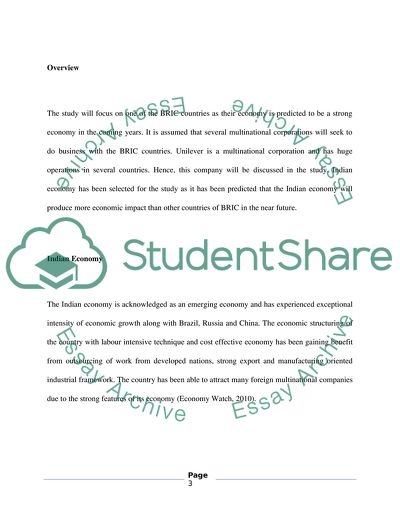Cite this document
(Final Project: Economy of the BRIC Countries Coursework, n.d.)
Final Project: Economy of the BRIC Countries Coursework. Retrieved from https://studentshare.org/macro-microeconomics/1747275-final-project
Final Project: Economy of the BRIC Countries Coursework. Retrieved from https://studentshare.org/macro-microeconomics/1747275-final-project
(Final Project: Economy of the BRIC Countries Coursework)
Final Project: Economy of the BRIC Countries Coursework. https://studentshare.org/macro-microeconomics/1747275-final-project.
Final Project: Economy of the BRIC Countries Coursework. https://studentshare.org/macro-microeconomics/1747275-final-project.
“Final Project: Economy of the BRIC Countries Coursework”, n.d. https://studentshare.org/macro-microeconomics/1747275-final-project.


